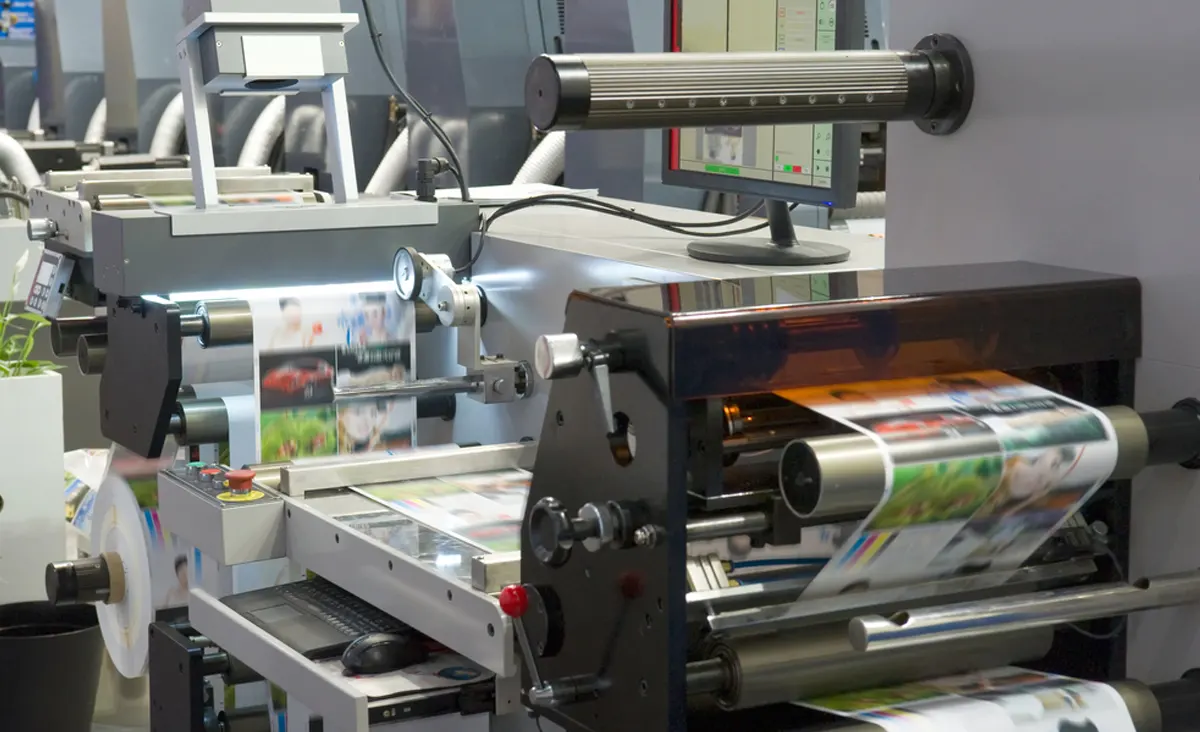Understanding Color Theory in Printing

Color is an essential element of any design, especially in printing. Whether you’re creating a flyer, brochure, or business card, color can influence the way people perceive your message. Understanding color theory in printing can help you create powerful designs that convey the right message and attract the attention of your audience.
Color theory is a set of principles used to understand how colors work together and how they can be combined to create different emotions and feelings. It’s a complex field, but we’ll go over some of the basics to help you understand how color theory can be applied to printing.
The color wheel is one of the most important tools in color theory. It’s a visual representation of primary, secondary, and tertiary colors. Primary colors are red, yellow, and blue, and they can’t be created by mixing other colors. Secondary colors are created by mixing two primary colors which include orange, green, and purple. Tertiary colors are created by mixing primary and secondary colors.
In printing, there are two color systems: RGB and CMYK. RGB stands for red, green, and blue, and it’s used for digital designs. CMYK stands for cyan, magenta, yellow, and black, and it’s used for printing. CMYK is also known as the four-color printing process, and it’s used to create a wide range of colors by combining different percentages of each color.
When choosing colors for printing, it’s important to consider the emotions and feelings they can evoke. For example, red is associated with passion, love, and energy, while blue is associated with calmness, trust, and professionalism. Yellow is associated with happiness and optimism, while green is associated with growth and harmony. Purple is associated with luxury and creativity, while orange is associated with warmth and enthusiasm.
Another important consideration is color contrast. Contrast refers to the difference between two colors, and it can be used to create emphasis and draw attention to certain elements in a design. High-contrast colors like black and white or red and green can be used to create a bold and striking design, while low-contrast colors like pastels can create a softer and more subtle effect.
In addition to color theory, there are also technical considerations when it comes to printing colors. It’s important to choose colors that can be accurately reproduced in print and to make sure your design is set up correctly for the printing process. This may involve using specific color profiles and adjusting your design for different printing methods and materials.
In conclusion, understanding color theory in printing is an essential part of creating effective designs that capture the attention of your audience. By using the principles of color theory, you can create designs that convey the right message and evoke the desired emotions and feelings. With a little knowledge and experimentation, you can harness the power of color to take your printing designs to the next level.

